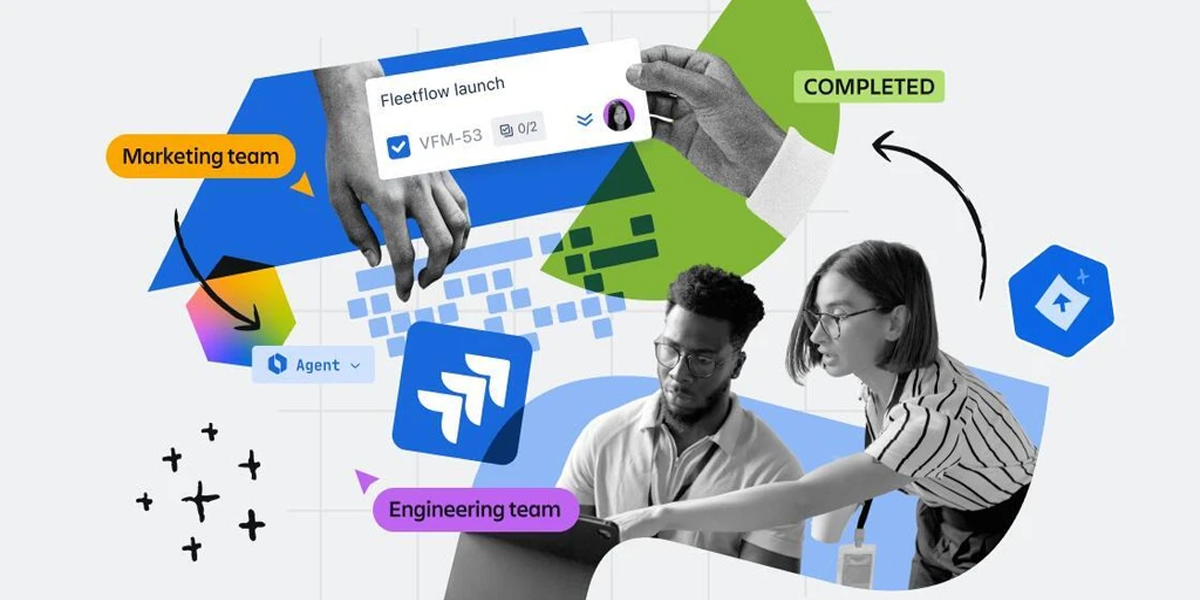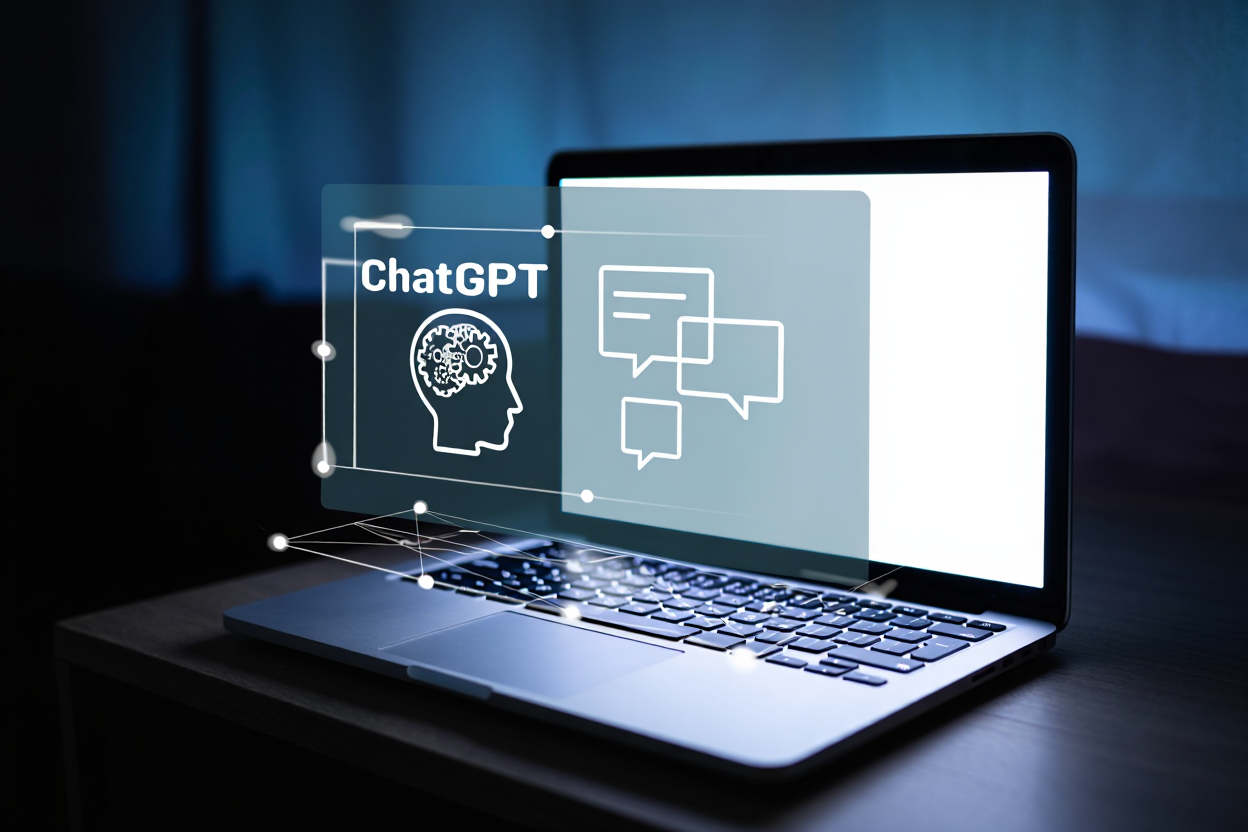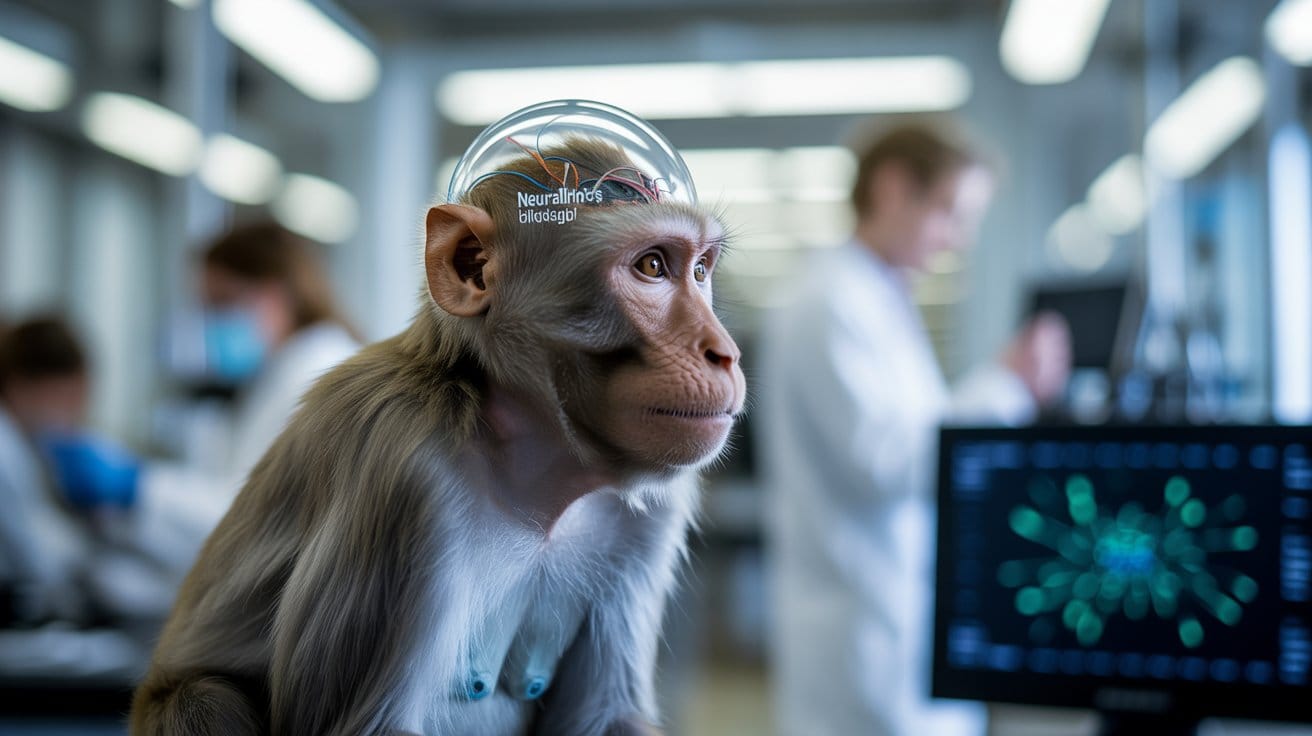⛵ Built on Dependency

Good Morning, Tech Enthusiasts!
When we trust bots with our minds, our mobility, and even our mental health—what are we still keeping for ourselves?
SPONSORED BY

QUICK HITS
- Apple Research Reveals Critical Limitations in Advanced AI Models for Business Applications.
- US Navy Ramps Up Startup Outreach as Tech Partnerships Deliver Results.
- Amazon Signs Major Nuclear Energy Deal to Power AI Data Centers.
- Ramp Secures $200 Million Funding Round, Valuation Soars to $16 Billion.
- Zevo Launches EV-Only Car Sharing Platform, Helping Tesla Owners Generate Revenue.
ROBOTAXI
Waymo Costs More Than Uber/Lyft, But Users Still Pay

Waymo's autonomous taxi service charges significantly higher prices than traditional ride-hailing platforms Uber and Lyft, yet many consumers are still willing to pay this premium to experience driverless transportation.
- Significant Price Gap: Waymo averages $20.43 per trip compared to Uber's $15.58 and Lyft's $14.44, meaning Waymo costs about $6 more than Lyft and $5 more than Uber per ride
- Higher Per-Mile Costs: For trips ranging 4.3-9.3 kilometers, Lyft charges $2.60 per kilometer, Uber charges $2.90 per kilometer, while Waymo charges $3.50 per kilometer, demonstrating the robotaxi's disadvantage in unit distance pricing
- Peak Hour Premium Widens: During peak hours, Waymo costs $11 more than Lyft and nearly $9.50 more than Uber, indicating that price differences expand further during high-demand periods
Despite the higher costs, consumers remain willing to pay for Waymo's autonomous driving experience, reflecting early adopter enthusiasm for the technology. As the service scales and matures, pricing may become more competitive with traditional ride-hailing options.
TOGETHER WITH JIRA
Stop scheduling status update “check-ins”

56% of workers say scheduling a meeting is the only way to get information. With Jira, use AI to automatically add work from Slack, create subtasks, or attach relevant resources.So instead of scheduling a meeting, check the status in Jira. Easy.
AI
ChatGPT Outage Reveals Widespread Workplace AI Dependency

ChatGPT experienced a significant outage on June 10, 2025, with OpenAI reporting "elevated error rates and latency" and more than 2,000 outage reports on Downdetector. The disruption highlighted how deeply integrated AI tools have become in daily work routines across various industries and regions.
- Global Impact on Work and Education: The ChatGPT outage was keenly felt by British students eager to use the AI chatbot during their A-level exams, demonstrating the platform's critical role in academic settings. The widespread reports of disruption revealed how many professionals and students now rely on AI assistance for their daily tasks.
- Massive User Base Growth: ChatGPT managed to double its user base within just six months, skyrocketing from 200 million in August 2024 to 400 million by February 2025, with over 180.5 million monthly active users, indicating the platform's explosive growth in workplace adoption.
- Recurring Service Challenges: ChatGPT has experienced several outages throughout 2025, highlighting how disruptions remain a recurring issue with widely used AI services, raising questions about the reliability of AI-dependent workflows in professional environments.
The outage served as a wake-up call about society's growing dependence on AI tools for work tasks, with the disruption affecting everything from student examinations to professional workflows, demonstrating how quickly AI has become essential infrastructure in modern workplaces.
BCI
Neuralink's Blindsight Device Makes Monkey See Phantom Objects

Elon Musk's Neuralink Corp. used its brain implant called Blindsight to enable a monkey to see something that wasn't physically there, according to engineer Joseph O'Doherty's presentation at the Neural Interfaces conference. This breakthrough represents a significant step toward helping blind people regain vision through direct brain stimulation.
- Successful Brain Stimulation Results: The Blindsight device stimulated areas of a monkey's brain associated with vision, with the monkey moving its eyes toward the "invisible" object at least two-thirds of the time, proving targeted electrical signals can create visual perception without actual visual input.
- Current Human Implementation: Five people have received Neuralink implants so far, with three in 2024 and two in 2025. Some patients are using their devices for about 60 hours a week, showing significant real-world engagement.
- FDA Status and Future Vision: The experimental Blindsight device has received FDA's breakthrough designation and "will enable even those who have lost both eyes and their optic nerve to see," according to Musk, offering hope for complete vision restoration through direct brain stimulation.
This marks the first public demonstration of Neuralink's Blindsight technology creating artificial visual experiences, suggesting the brain-computer interface could eventually provide functional vision restoration for blind individuals.
380K+ Tech enthusiasts are eager to learn about your brand.
Bay Area Letters offers the latest AI, tech, and business insights from Silicon Valley.
What We Can Offer:
- Launch an Advertising Campaign
- Introduce New Product or Features
- Other Business Cooperation
Email our co-founder Mark directly at [email protected] if the button fails.
